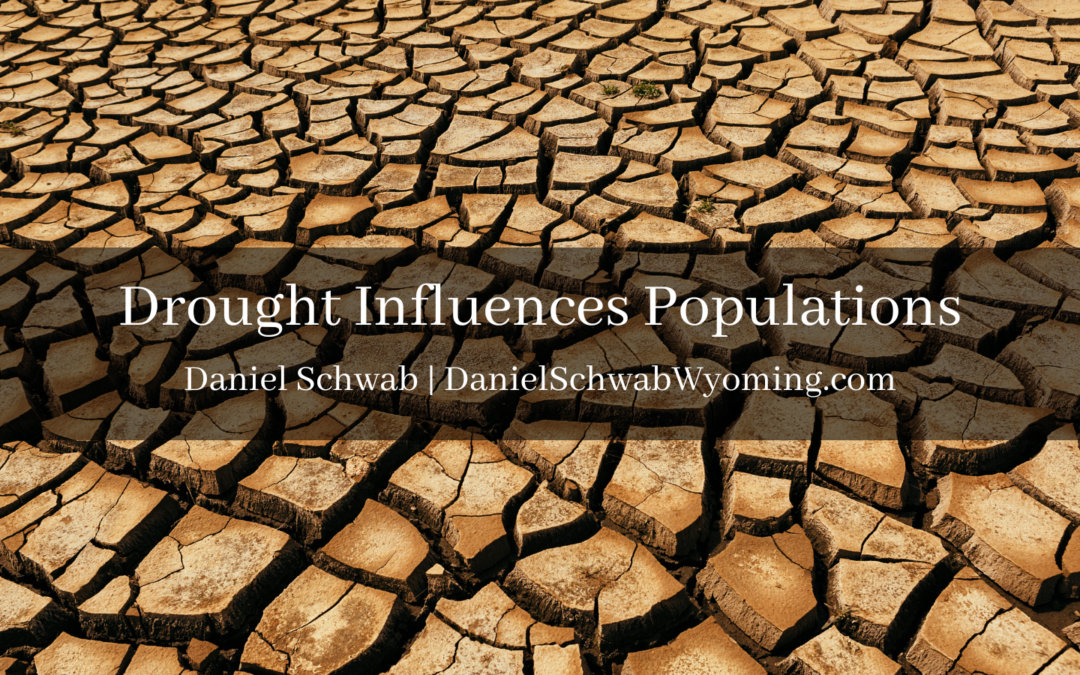Wyoming wildlife managers are reducing tags for hunting pronghorn and mule deer statewide. Due to severe drought and disease, there are concerns about habitat and declines in population. Pronghorn tags are being reduced by 8,000 and mule deer tags by 3,300.
According to Ian Tator, Game and Fish Terrestrial Habitat Supervisor, the current drought is the worst it’s been, both in coverage and intensity, in the last 10 years. About 63% of Wyoming is in severe drought. The Cheyenne River Basin is 68% of it’s median, the Snake River Basin snow water equivalents are at 85%, and central areas of the state are at or above 90%.
“The lack of soil moisture is going to limit our future shrub growth, which is a critical component of big game winter diet,” Tater said, “If things don’t get better now, next winter we’re not going to have the shrub growth necessary to sustain those populations the way we want to.”
Drought destroys habitat by limiting plant growth to wet areas around rivers and lakes. This hinders the growth of plants that wildlife depends on throughout winter. This negatively affects pronghorn and mule deer. They are considered picky eaters because unlike elk, they don’t have broader mouths or the ability to consume a wide array of forage. This leaves them more susceptible to suffering from drought conditions.
According to Doug Brimeyer, Game and Fish’s deputy chief of wildlife, habitat pressures combined with spring storms and outbreaks of mycoplasma bovis, a new bacterial disease affecting Wyoming pronghorn. Epizootic Hemorrhagic Disease (EHD), a virus that affects white-tailed deer and pronghorn during fall drought conditions, has driven pronghorn numbers down. Mule deer have faced similar habitat pressures, as well as EHD outbreaks.
As of 2021, models estimated pronghorn post-hunt populations are at 81% of the state’s population goal at 363,200. Mule deer numbers are at 61% at 291,700. On the other hand, elk populations are doing great at 20% above their goal. 21 herds were counted with a total of 74,900 elk in 2021.
Pronghorn management encountered little push back with state wildlife commissioners while hunters challenged mule deer management in the Laramie and Greybull areas.
Population numbers are low but the levels of chronic wasting disease are concerning Game and Fish, which led to a new proposition of limited November tags for these areas, in hopes of slowing the spread of the disease.
According to Brimeyer, this limit will allow for hunting to influence the level of prevalence before it can get high. After receiving feedback from the public, the Laramie proposal was revoked while the Greybull proposal will move forward.


